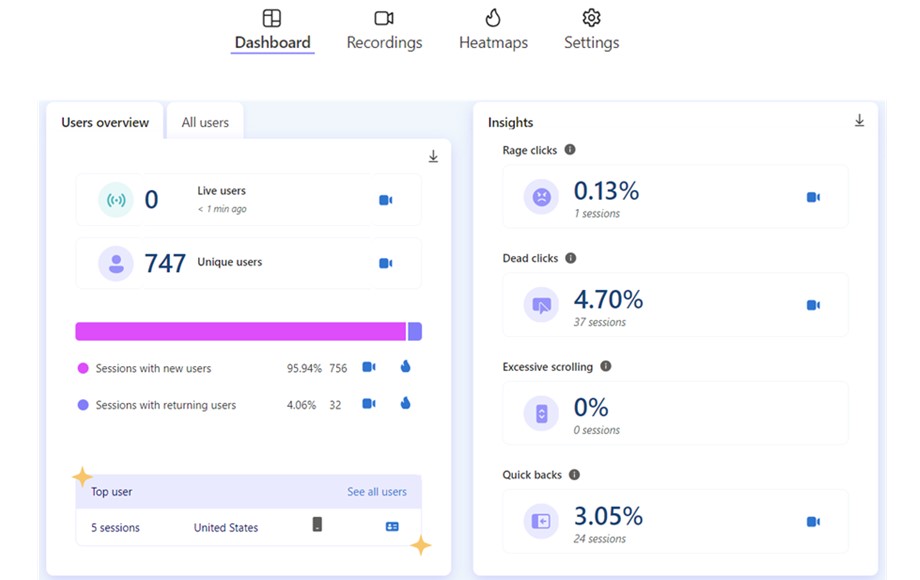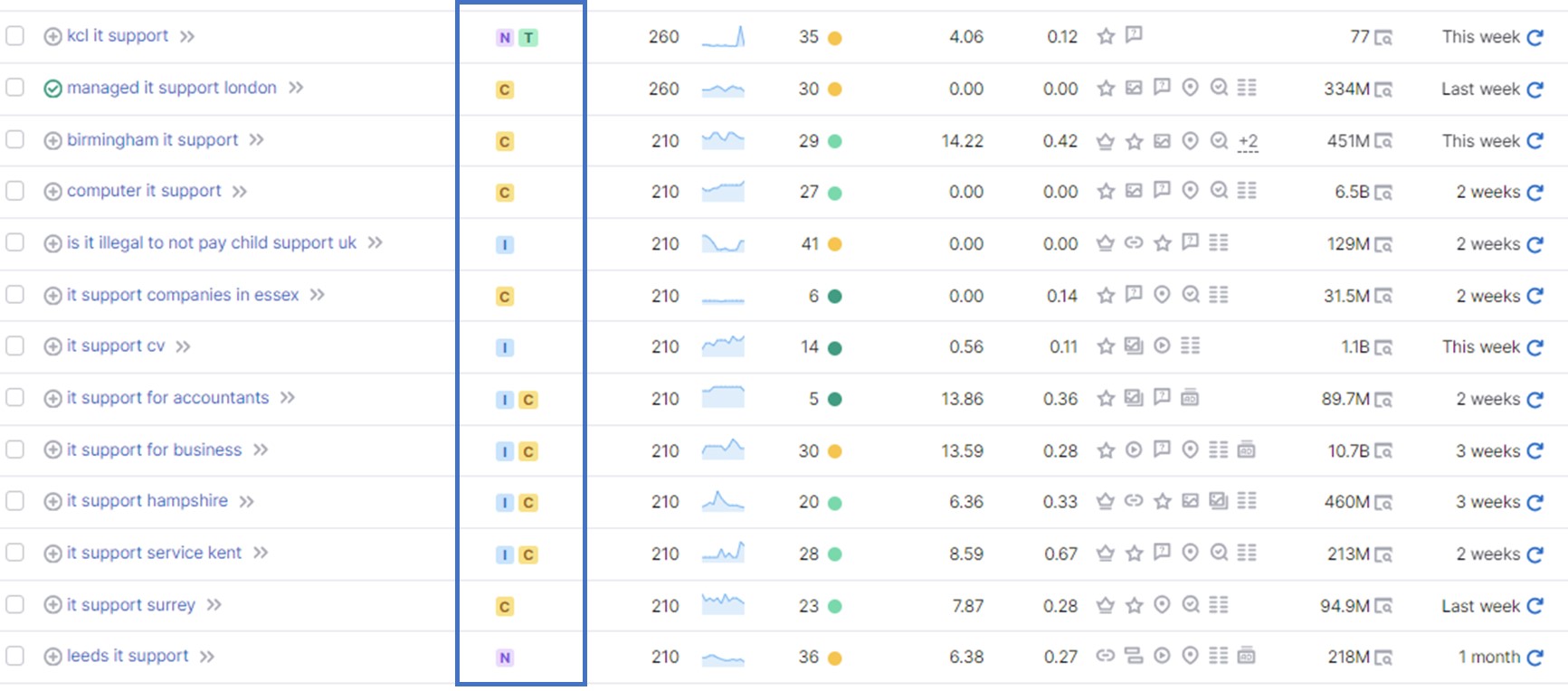
Search intent is a cornerstone of effective search engine marketing, playing a crucial role in crafting strategies that resonate with users’ needs and expectations. By delving into what users truly seek through their search queries, marketers can devise campaigns that not only reach the intended audience but also deliver the information or services users are actively pursuing. In this piece, we explore the nuances of search intent, its various types, and how to refine your campaigns for better alignment with user expectations.
Deciphering Search Intent
At its core, search intent pertains to the purpose behind a user’s search on the internet. This concept is categorised into four primary types, as identified by SEM Rush: navigational, informational, commercial, and transactional.
Navigational: Here, users are on the lookout for a specific website or page. Example searches include “Gmail login,” indicating the user’s intent to visit a particular site directly.
Informational: This type encompasses searches conducted to gather more information on a topic, like “What is search intent?” Such queries imply that the user is at the ‘top of the funnel,’ seeking to understand or explore various concepts or ideas.
Commercial: Users in this category are gathering information to help them make a purchase decision, often signified by searches like “best digital marketing agencies in the UK.” While they’re considering a transaction, they’re not yet ready to commit.
Transactional: This intent is about taking action, such as “buy coffee maker.” These users are at the ‘bottom of the funnel,’ ready to make a purchase following their research.
The Art of Aligning with User Intent
Understanding search intent is straightforward in theory but complex in practice. Consider a ‘top of the funnel’ search for “dark chocolate”. Does the user wish to purchase or are they seeking information on its health benefits?
A misalignment between the search ad’s message and the user’s actual intent leads to a poor user experience and, subsequently, wasted ad spend.
To combat this, ‘headline pinning’ proves invaluable. By explicitly stating your offer in the ad’s headline, such as “Buy Dark Chocolate – Explore Our Flavours”, you clarify the intent to users, aligning it with their own and filtering through the audience effectively.
You could also target ‘bottom of the funnel’ keywords, however focusing solely on these keywords can lead to higher costs due to their specific nature and lower search volume, impacting your return on ad spend (ROAS).
Additionally, crafting effective ad copy requires a deep understanding of the customer’s needs. Are they seeking premium quality, the best price, or bulk purchases? Recognising these nuances and reflecting them in your ad copy can significantly enhance your campaign’s effectiveness.
Avoiding Common Pitfalls
In the realm of search marketing, certain practices might seem beneficial at first glance but can actually hinder performance. One such practice is obsessing over creating a multitude of headlines to satisfy platform algorithms, leading to redundancy or irrelevant headline creation. Focusing on clear and concise headlines that directly communicate your offer is far more beneficial.
The SEO Perspective
In SEO, considering the user’s intent behind searches is equally crucial. A precise, informative SERP (Search Engine Results Page) title, like “2 Bedroom Apartments for Sale in London Waterloo” is more likely to attract clicks than a vague one like “Buy Apartments Here”. It addresses specific attributes users seek, like location and size, increasing the likelihood of your site ranking higher for relevant queries.
Aligning Content with User Expectations
Consistency between your ad or page title and the actual content offered is critical. Any discrepancy can lead to high bounce rates (users leaving your site quickly), which negatively impacts your digital marketing performance. Fortunately, several online tools can assist in analysing and understanding user intent, ensuring that your content effectively meets user expectations.
For instance, platforms like Google Search and SEM Rush provide valuable insights derived from search results and user intent categorisations, assisting you in refining your marketing strategies. Moreover, utilising monitoring tools such as Microsoft Clarity allows you to go a step further by viewing actual recordings of user visits. This feature enables you to watch how users interact with your site, revealing what captures their attention or causes them to leave, thereby offering direct insights into their on-site behaviour.

Complementing this, Google Analytics 4 (GA4) serves as an analytical powerhouse, permitting a deep dive into your website’s performance metrics. Google Analytics allows you to evaluate specific user interactions, from bounce rates to conversions. This detailed analysis helps in identifying content that resonates with your audience and any potential areas that require improvement.

By harnessing these tools, you can obtain a comprehensive understanding of user intent and behaviour, aligning your content and marketing strategies with what your audience is genuinely seeking.
Conclusion
Search intent is an integral aspect of keyword research, SEO, and search ad creation. By understanding and catering to user intent, you’re effectively optimising for conversions. It’s essential to realise that while metrics like click-through rate and cost-per-click are important, they should not overshadow the primary objective: conversions.
Initially, these figures might seem unfavourable when you shift towards intent-focused strategies, as you’re reaching a narrower audience. However, this audience is more aligned with your business offerings, making them more likely to convert. Hence, intent-based marketing strategies, although sometimes counterintuitive, lead to greater success in the digital space.
Ready to Elevate Your Campaigns?
For more detailed insights and a strategic discussion tailored to your business, reach out to us directly at info@cremarc.com. We’re ready to dive deep into your unique challenges and identify solutions that lead to substantial growth.
Want more information on our full suite of digital marketing services? Explore our offerings here.

